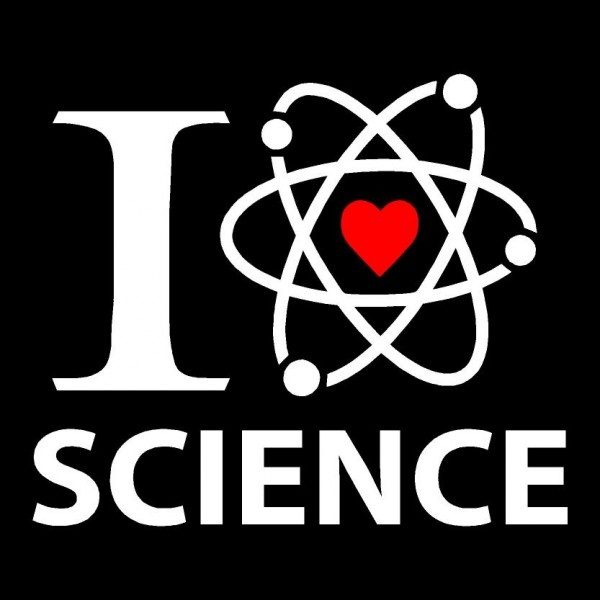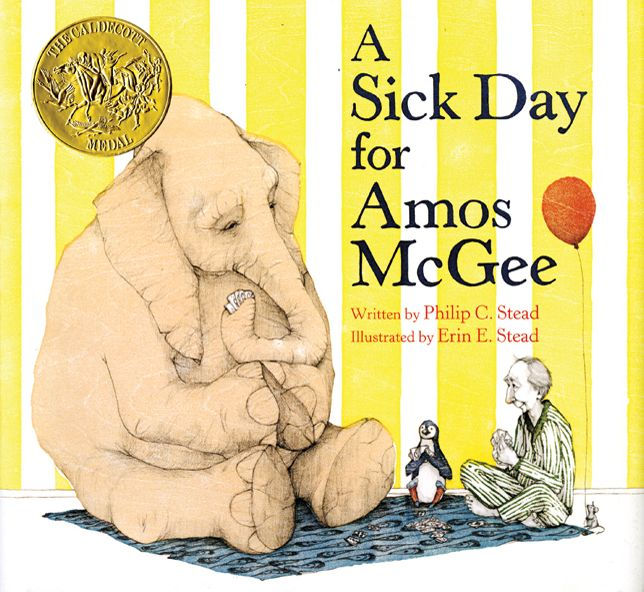
“It may be- usually is, in fact- a false alarm that leads to nothing, but it may on the other hand be the clue provided by fate to lead you to some important advance.” ~Alexander Fleming
In this science unit we will be learning all about microorganisms and antibiotics. We will observe germs under a microscope and learn how germs are passed along and how we get sick. We will be creating our own germs in class and watching bacteria grow in the older classes.
 Alexander Fleming was born in Ayrshire, Scotland, on August 6, 1881, and studied medicine, serving as a physician during World War I. Through research and experimentation, Fleming discovered a bacteria-destroying mold which he would call penicillin in 1928, paving the way for the use of antibiotics in modern healthcare. He was awarded the Nobel Prize in 1945 and died on March 11, 1955.
Alexander Fleming was born in Ayrshire, Scotland, on August 6, 1881, and studied medicine, serving as a physician during World War I. Through research and experimentation, Fleming discovered a bacteria-destroying mold which he would call penicillin in 1928, paving the way for the use of antibiotics in modern healthcare. He was awarded the Nobel Prize in 1945 and died on March 11, 1955.
In September 1928, Fleming returned to his laboratory after a month away with his family, and noticed that a culture of Staphylococcus aureus he had left out had become contaminated with a mold (later identified as Penicillium notatum). He also discovered that the colonies of staphylococci surrounding this mold had been destroyed.
He later said of the incident, “When I woke up just after dawn on September 28, 1928, I certainly didn’t plan to revolutionize all medicine by discovering the world’s first antibiotic, or bacteria killer. But I suppose that was exactly what I did.” He at first called the substance “mold juice,” and then named it “penicillin,” after the mold that produced it. (~Biography.com)











 Alexander Fleming was born in Ayrshire, Scotland, on August 6, 1881, and studied medicine, serving as a physician during World War I. Through research and experimentation, Fleming discovered a bacteria-destroying mold which he would call penicillin in 1928, paving the way for the use of antibiotics in modern healthcare. He was awarded the Nobel Prize in 1945 and died on March 11, 1955.
Alexander Fleming was born in Ayrshire, Scotland, on August 6, 1881, and studied medicine, serving as a physician during World War I. Through research and experimentation, Fleming discovered a bacteria-destroying mold which he would call penicillin in 1928, paving the way for the use of antibiotics in modern healthcare. He was awarded the Nobel Prize in 1945 and died on March 11, 1955.